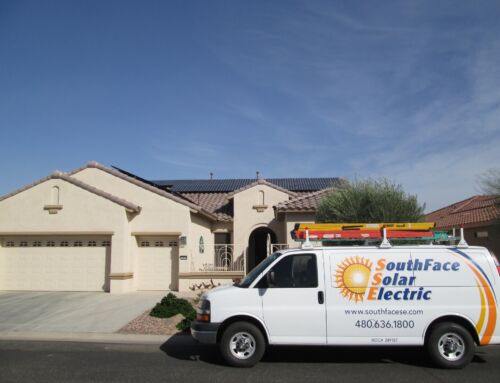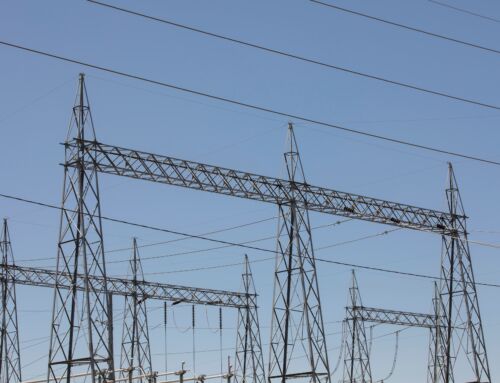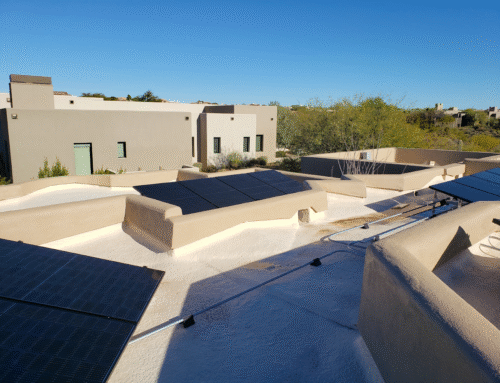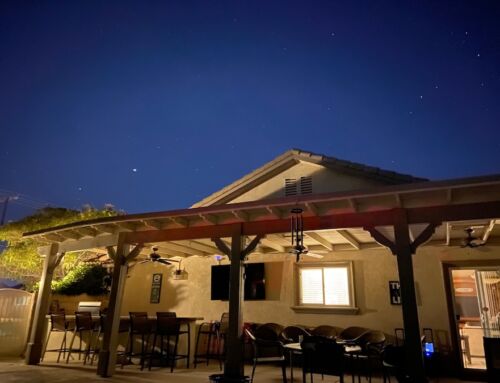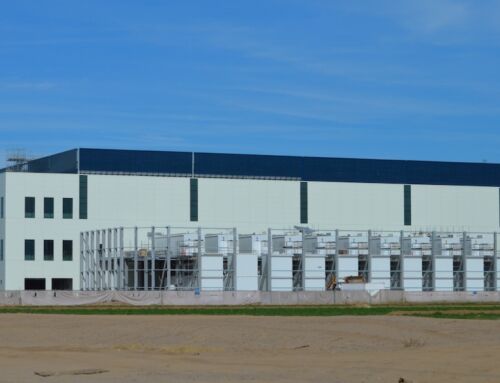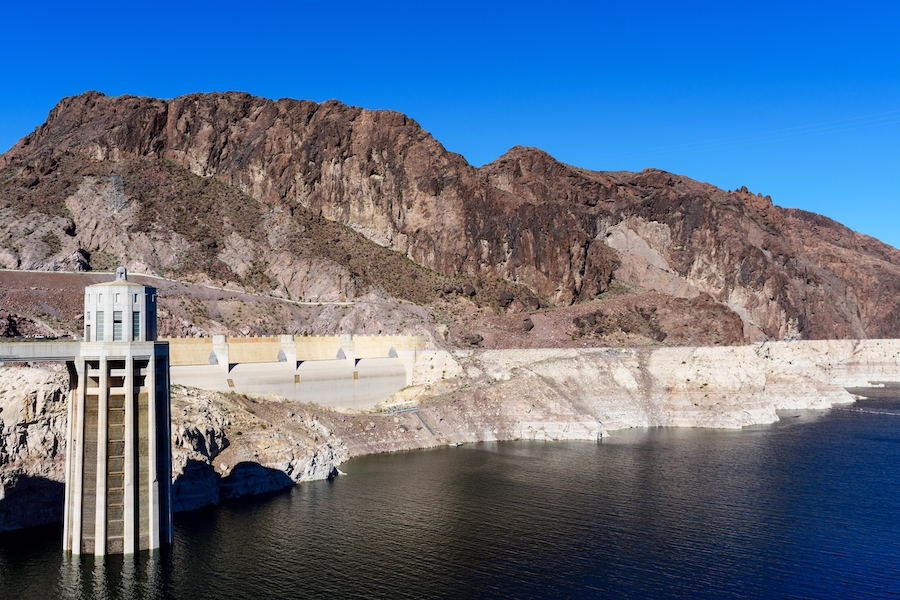
Are Solar Panels the Solution to Arizona’s Hydropower Concerns?
Hydropower has been a reliable source of electricity generation in Arizona for generations, but that may be coming to an end, and fast.
The Colorado River is drying up due to a mega drought that has brought water levels down to a historic low. The Hoover Dam and the Glen Canyon Dam, which are situated on the Colorado River and provide power to approximately 4 million people, can’t operate if water levels drop too low.
So what’s the solution?
If hydropower is no longer an option, utilities will likely turn to dirtier and more expensive resources, like oil and natural gas. But a better alternative is shining right down on us—solar power.
Solar Energy Is Renewable & Reliable
Hydropower has been long-heralded as a reliable renewable energy source, but that’s only true if there’s enough water behind the dams. When water levels are too low, the dam’s turbines can’t produce power. But water levels in the Colorado River Basin are determined by rain and snowpack patterns, which vary by year and can be extremely unreliable, especially during a drought like the one we’re currently experiencing.
Solar power, on the other hand, is both renewable and reliable. Arizona is one of the sunniest states in the country—in Phoenix, we receive about 300 days of sunshine every year. With solar panels, we can take advantage of all that sunshine by turning it into electricity for homes and businesses.
Batteries Solve the Daylight Problem
Up until recently, solar panels had a major drawback—they could only produce electricity during the day. But solar batteries have advanced significantly in recent years and are quickly solving this problem. With battery storage, we can store solar power that’s produced during the day and use it to power homes and buildings at night, giving us round-the-clock access to the sun’s power.
Utility-scale solar batteries have been deployed in many areas and are making large-scale solar more viable than ever. Home batteries, meanwhile, make it possible for individuals to take action by powering their houses with solar energy 24/7.
Solar Costs are Dropping Fast!
There’s no question that we need more large-scale solar farms in Arizona, but individuals can make a difference, too. The more homeowners and businesses switch to solar power, the less power the grid has to produce to meet collective needs. And right now, solar panels are more affordable than they’ve ever been.
According to the Solar Energy Industries Association, solar costs have fallen by a staggering 43% over the past decade. Meanwhile, solar incentives are climbing. In 2022, the federal government signed the Inflation Reduction Act into law, which brought the federal solar tax credit up to 30% for both residential and commercial solar projects.

